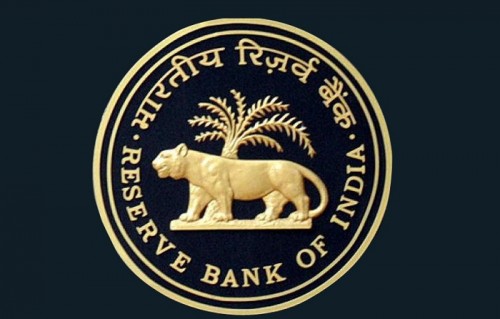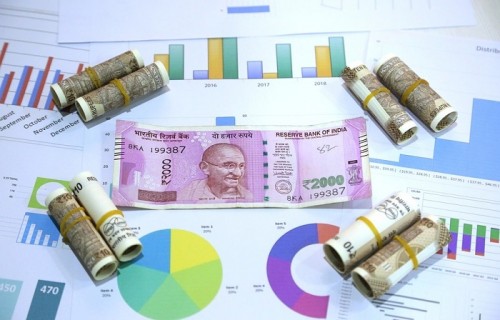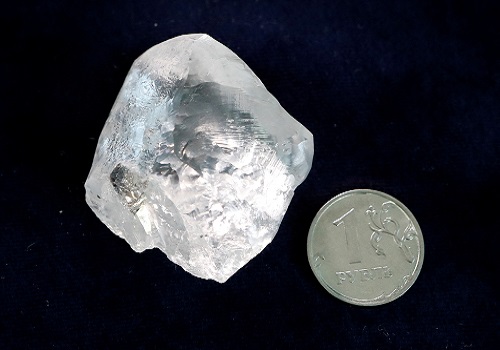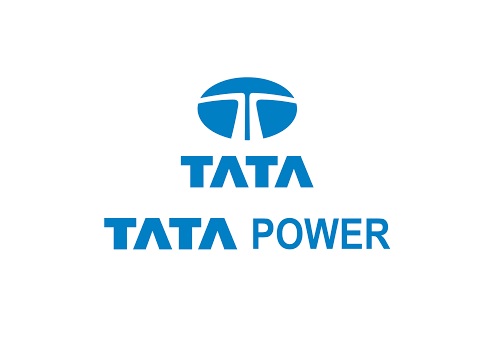The evolving situation would be a big positive for rate sensitives including banks, NBFCs and capital goods Says Mr Sujan Hajra, Anand Rathi Shares & Stock Brokers

Follow us Now on Telegram ! Get daily 10 - 12 important updates on Business, Finance and Investment. Join our Telegram Channel
Below is quote on RBI Monetary Policy by Sujan Hajra - Chief Economist and Executive Director, Anand Rathi Shares & Stock Brokers
Play the mirror image
Earning expansion. After making a new high in the middle of October 2021, Nifty 50 took nearly 400 days to reach a new high (against the average of 23-days since 1990). Meanwhile, the TTM EPS of Nifty 50 has nearly doubled from ?450 in April 2021 to ?850 by November 2022.
PE de-rating. The market correction between October 2021 and June 2022 was driven exclusively by PE de-rating. The TTM PE of Nifty 50 declined from the average of 26.5 during 2015 to 2020 to less than 20 by June 2022. The hardening of risk-free rate by over 100 bps since 2020 led to the PE de-rating.
Policy rates close to peak. With the 35 bps repo rate hike today, the RBI seems to be close to the peak of policy rate hike in this cycle and another 25 bps rate hike seems to be already factored in by the debt market.
Positive fiscal surprise. In Apr-Oct’22, government revenue is ahead of budget estimates by ?2.5 trillion (vs. the average performance during Apr-Oct in the pre-pandemic decade), expenditure is less by ?2 trillion. Consequently, despite likely short fall (vs. budget) of fiscal deficit funding from other sources (mainly small savings), we expect government borrowing to be meaningfully lower than budgeted.
Fall in risk-free, PE re-rating, positive for interest sensitives. Expected lower supply of gsec is softening the risk-free rate and we expect the trend to continue. With the fall in risk free rate, we expect re-rating of PE multiple for Nifty 50. This this likely to support the ongoing uptrend of the Indian equity market despite continued slow earnings growth expectation (8-10% in the next 12-months). The annualized ?1.6 trillion ($20 billion) SIP flows towards MFs is likely to be a key driver. The evolving situation would be a big positive for rate sensitives including banks, NBFCs and capital goods.
Above views are of the author and not of the website kindly read disclaimer










More News

Perspective on RBI MPC Announcement by Ms. Madhavi Arora, Lead Economist, Emkay Global Finan...





 320-x-100_uti_gold.jpg" alt="Advertisement">
320-x-100_uti_gold.jpg" alt="Advertisement">








